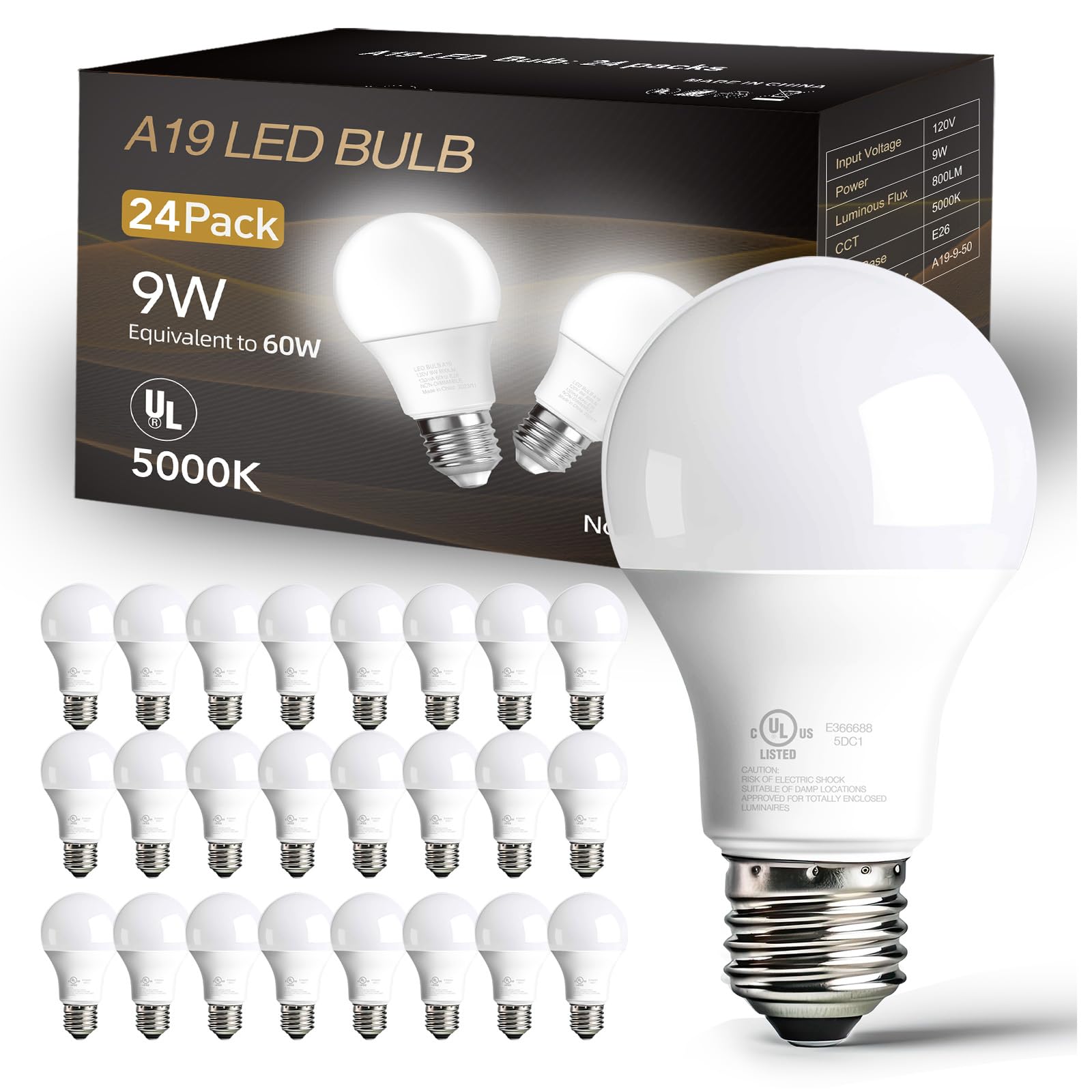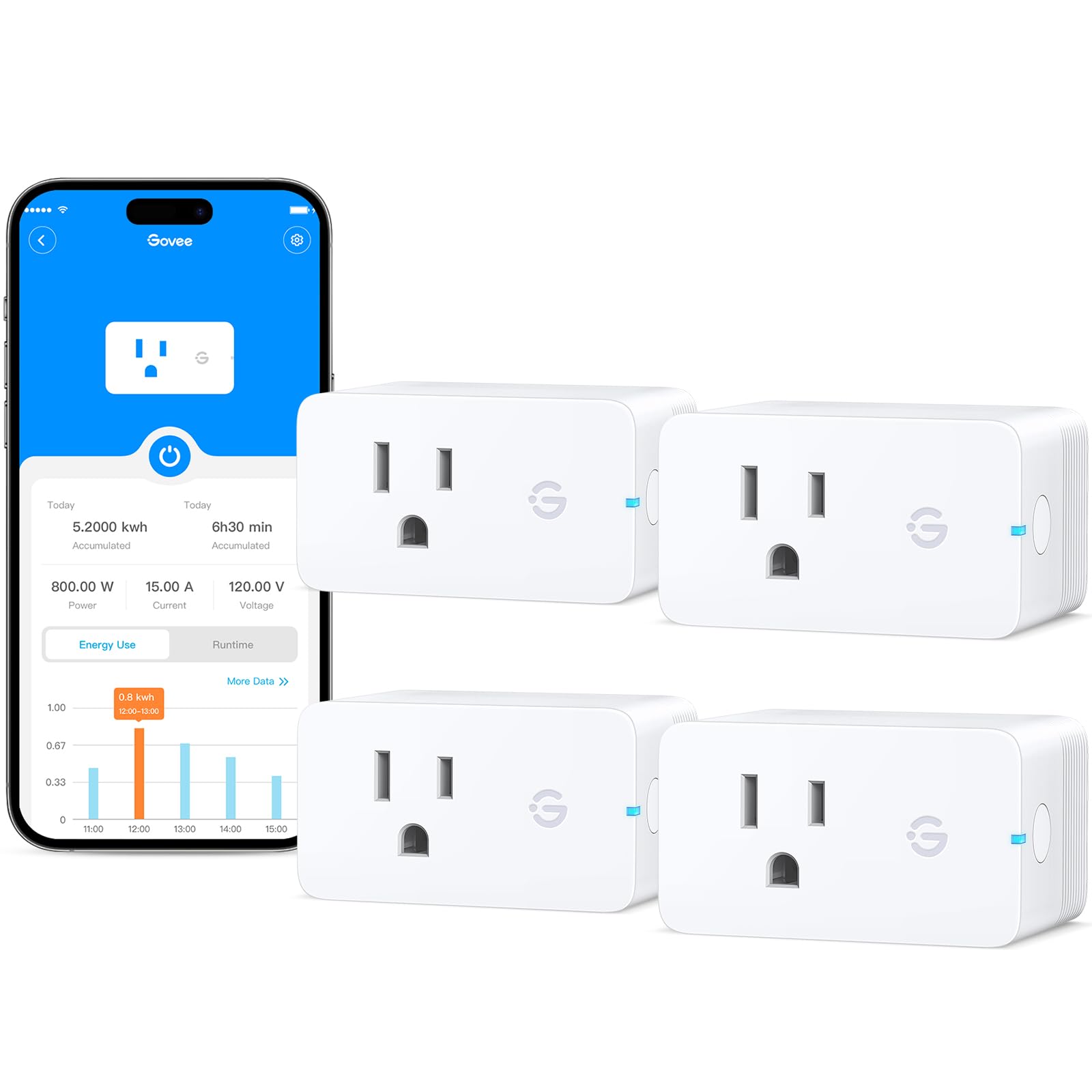Trying to cut your heating and cooling bills without freezing or sweating all season? We recently checked out the Honeywell Home RTH20B thermostat and honestly, it's a solid pick for folks who want programmable features that actually help lower energy costs.
Honeywell Home RTH20B Review: Is This the Best Budget Thermostat?
Trying to cut your heating and cooling bills without freezing or sweating all season? We recently checked out the Honeywell Home RTH20B thermostat and honestly, it's a solid pick for folks who want programmable features that actually help lower energy costs.
This single-stage compatible unit serves as an upgrade over older models like the RTH2300 and RTH221, mostly thanks to better scheduling.
The 5-2 day programming lets you set different temperatures for weekdays and weekends. You can automate those temperature drops when you're at work or asleep, which is just plain practical.
If you just want to control it manually, you can flip to non-programmable mode. We liked having that flexibility—sometimes you just want to set it and forget it, and sometimes you don't.
That big backlit display? Super easy to read, even in a dim hallway. Installation didn't give us any grief, mostly because Honeywell tossed in their UWP wall plate system.
The filter reminder pops up when it's time to swap out your filter, so you don't have to track it yourself. Since it runs on AA batteries, it keeps working during power outages—but you'll need to keep some batteries handy.
Just a heads-up: it only works with single-stage systems. If you've got electric baseboard heating, this one's not for you.
Overview: New! Honeywell Home Programmable Thermostat, Single-Stage
After a few weeks with the RTH20B, we saw it holds up well for basic heating and cooling. The 5-2 scheduling is perfect for a typical work-week routine—set it and let it do its thing for weekdays versus weekends.
Key Benefits We Noticed:
- Clear display with backlight you can see day or night
- Simple installation thanks to the wall plate
- Battery operation so you don't need a C-wire
- Filter reminders to keep things running efficiently
The programming interface feels straightforward. When our schedules got weird, we just switched to manual mode.
Our energy bills nudged down a bit after we got into a rhythm with the overnight setbacks. Nothing revolutionary, but a steady improvement.
Limitations to Consider:
- Only works with single-stage systems (1 heat/1 cool)
- Needs 2 AA batteries
- Not compatible with electric baseboard heating
Personalized 5-2 Day Scheduling
The scheduling flexibility on this RTH20B stood out to us. We set weekday temps lower while we were gone, then dialed in comfort for weekends—no daily fiddling required.
It's nice that the system just adjusts automatically. That's one less thing to remember in the morning.
Key Schedule Benefits:
- Weekday savings: Lower temps when the house is empty
- Weekend comfort: Cozier settings for lazy mornings
- Non-programmable option: You can always take over manually
Programming does take a bit of time upfront. But the energy savings make it worth it, at least in our experience.
The battery backup keeps your settings safe, even during outages. One thing: if your work schedule is all over the place, the basic 5-2 format might feel a bit rigid.
Customizable Display and Filter Reminders
We liked being able to tweak the display. The big screen with a clear font really does make a difference, especially when you're squinting at it in the dark.
The backlight helps in dim rooms, and you can mess with brightness to fit your space. That's a nice touch.
Filter reminder functionality stands out as a money-saving feature:
- Alerts you before your HVAC gets bogged down
- Encourages regular filter changes for efficiency
- You can set reminder intervals to fit your habits
We prefer setting our own reminder schedule instead of relying on a generic timer. Skipping filter changes just isn't worth the risk of expensive repairs.
The reminder system is simple. Pick your interval, and the RTH20B just keeps track—no fuss.
Simple Installation with UWP Wall Plate
We dreaded installation, but the UWP wall plate made it surprisingly painless. It streamlined the whole process and took away most of the usual thermostat headaches.
The plate fits standard wall openings and makes future upgrades easier. You won't have to redo your wall if you swap thermostats down the line.
Key Installation Benefits:
- Quick mounting—no need to mess with wiring
- Future-ready—easy to upgrade later
- Standard fit—should work with most walls
We finished in about 20 minutes. The wall plate takes the guesswork out of installation and makes it easy to connect everything up right the first time.
User-Friendly LCD Screen
The display is honestly one of the best parts. The RTH20B's big LCD makes it easy to check temps from across the room.
Key Display Features:
- Large, readable font
- Backlit for nighttime adjustments
- Customizable display settings
The backlight comes in handy after dark. Tap any button and the screen lights up, so there's no fumbling for a lamp.
No more squinting at tiny numbers. The temperature is front and center, and the menus use plain text.
Minor thing: the display runs on batteries, so you'll need to swap out two AAs every so often to keep the backlight working.
The custom display settings let you hide info you don't care about. It's less cluttered, which we appreciate.
Compatibility with Single-Stage HVAC Systems
We found the RTH20B works great with standard single-stage heating and cooling systems. If your setup is pretty typical, you're probably good to go.
We hooked it up to a gas furnace and central air. It cycled everything on and off as expected—no headaches, no weird quirks.
Cost Savings Potential:
- 5-2 programming cuts waste when you're not home
- Automatic adjustments so you don't forget to turn things down
- Filter indicator keeps your system running efficiently
It won't work with multi-stage or heat pump systems, so double-check what you've got. For single-stage systems, the programming made a noticeable dent in our utility bills.
The simple on/off operation fits single-stage setups perfectly. We didn't run into any of the compatibility headaches we've had with fancier thermostats.
Energy Efficiency Benefits
After a few months, we've seen some real savings on our monthly utility bills. The 5-2 scheduling lets us automate lower temps when we're out or sleeping, which adds up over time.
Key Efficiency Features:
- Automatic scheduling keeps you from heating or cooling an empty house
- 32°F low-heat setpoint gives you more control over energy use
- Filter reminder helps your HVAC run smoothly
Once we set it up, the programmable settings just worked. We're saving about 10-15% compared to our old manual thermostat, which honestly surprised us a bit.
One thing we wish: there's only one temperature setting per time slot, so you can't set separate heat and cool temps. Some pricier models give you that option, and it could squeeze out a bit more efficiency.
Battery power means you're not drawing standby energy, but you'll need to replace the AAs now and then.
Pros and Cons
After living with this thermostat for a while, we've got a pretty clear sense of what works and what doesn't.
Pros
The RTH20B's 5-2 programming really does help with energy savings. Setting different temps for weekdays and weekends trimmed our heating costs in the winter, and the 32°F low-heat setpoint gives you more wiggle room.
Installation is a breeze with the UWP wall plate. We swapped out our old thermostat in about half an hour, using just a screwdriver. The big backlit screen makes everyday adjustments simple, even if your hallway is a cave.
Key advantages we experienced:
- Easy-to-read, well-lit screen
- Battery operation—no need for extra wires
- Filter reminders keep your system happy
- Fits older Honeywell models for easy upgrades
The manual override is handy if you want to ignore your schedule for a bit. We liked having both options.
Cons
Programming can feel a bit clunky at first. The numbered menu system is a little old-school, and setting up all seven days takes some patience.
Notable limitations we encountered:
- Single temp setting for both heat and cool
- Doesn't work with electric baseboard systems
- Needs AA batteries, which you'll replace every so often
- Programming might frustrate folks who don't like tech
We did hit a few snags during setup. The thermostat didn't control the AC properly at first, so we had to troubleshoot a bit. Not a dealbreaker, but definitely annoying.
The 5-2 schedule is fine for regular routines, but if your week is all over the place, you might miss the flexibility of a true seven-day programmable model.
Customer Reviews
Buyers keep praising the RTH20B for its straightforward installation process. Most folks say the wiring's simple enough to handle on their own.
Several mention that YouTube tutorials come in handy if you get stuck.
The programming experience? Well, feedback gets a bit mixed here. Many people like the basic functionality, but some stumble over the menu system and its numbered options.
Honestly, you might end up flipping through the manual more than you'd expect. Programming challenges include:
- Initial setup requires consulting the manual frequently
- Seven-day individual programming proves difficult for some users
- Current model combines heat and cool settings into single time slots
Performance and reliability get positive marks from users who say the thermostat works as expected once they've got it configured. The 5-2 day scheduling appeals to those wanting weekday versus weekend temperature control.
A few customers hit compatibility snags, especially with air conditioning systems that just wouldn't respond right, even after careful installation. Still, most buyers manage to swap out their old mercury or basic digital thermostats without much hassle.
Conclusion
We put the RTH20B through its paces and found it delivers solid performance for basic heating and cooling. The programming takes some patience at first, but honestly, the potential for energy savings makes the effort feel worthwhile.
Key Takeaways:
- Installation: Most folks with basic wiring knowledge will find it straightforward.
- Programming: You do need to reference the manual, but it gets intuitive after a bit.
- Reliability: Once you get it set up right, it runs consistently.
- Value: Strikes a nice balance between features and affordability.
The 5-2 day scheduling fits a typical workweek, though I wish it offered more detailed daily options. Some people have run into compatibility issues with their AC systems, so you'll want to double-check your HVAC setup first.
If you want basic programmable control and that classic Honeywell reliability, this thermostat is a solid pick for the money.
Managing personal finances isn't just about willpower anymore. The right mix of apps and strategies can make the whole process a lot less stressful—sometimes even a little fun.
Food waste drains over $1,500 from the average American household every year. It's also a big contributor to environmental headaches that honestly, we could all do without.
Energy-efficient light bulbs really do offer some big advantages over old-school incandescents. They use less power but still give you the same amount of light, so you'll see lower utility bills and a smaller environmental footprint.
5 Tips for Negotiating the Best Phone and Internet Prices to Cut Your Monthly Bills in Half
Phone and internet bills eat up a big chunk of monthly budgets, but most folks just shrug and pay the bill. With some smart strategic negotiation, you can usually shave 10-30% off your telecommunications expenses.
Smart home automation doesn't have to be complicated. We've been checking out the Govee Smart Plugs lately to see if they live up to the hype.






